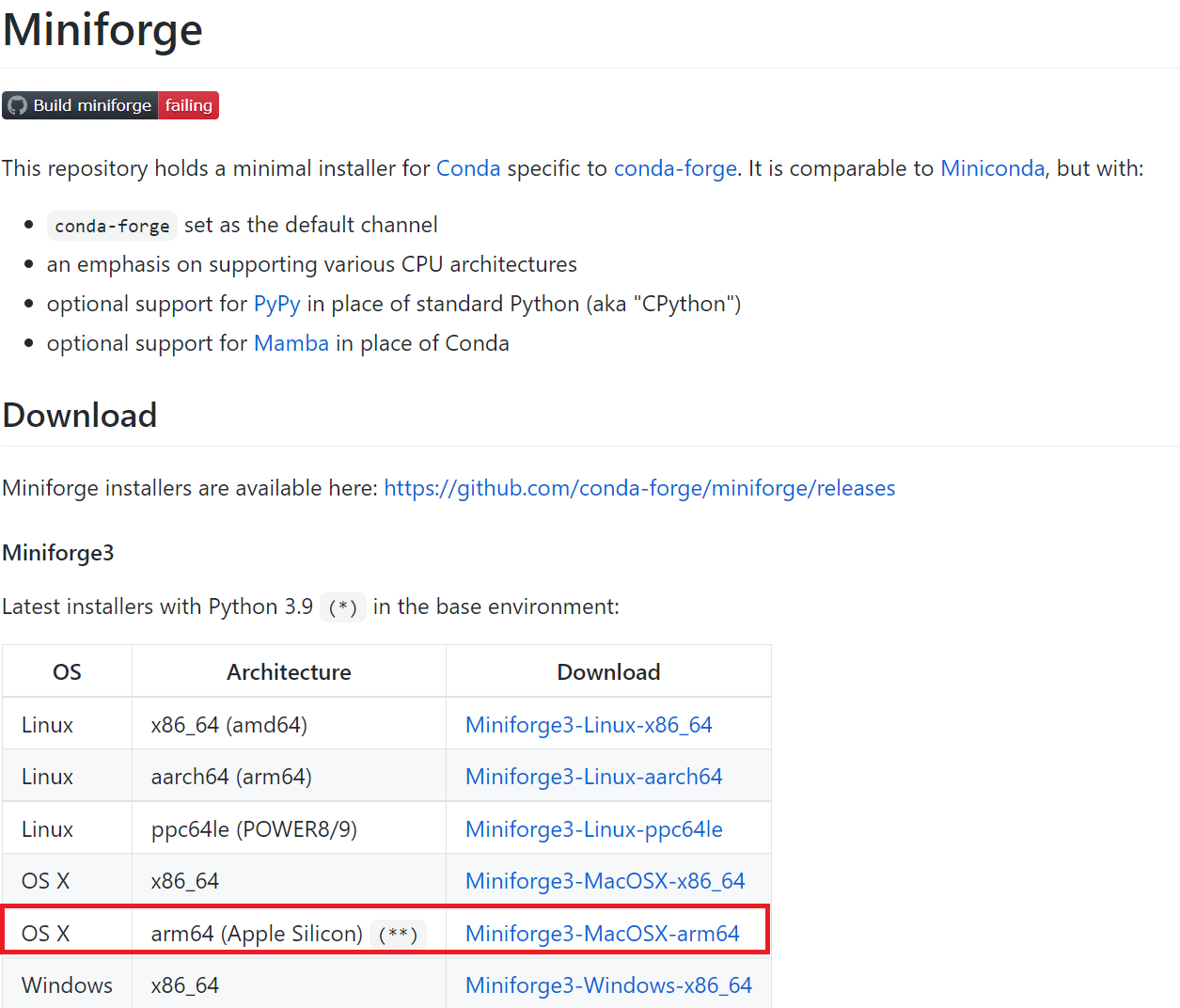

Create your first notebook using dashboard Start the notebook server and popup dashboard in browser using ?localhost:8888/tree? urlġ8. Run Jupyter Notebook using ?jupyter notebook?ġ7.
#Install pylab windows 10 install#
Install Jupyter using ?python -m pip install jupyter?ġ6. Install Matplotlib using ?pip install matplotlib?ġ5. Testing your installation The following two sections pertain to testing on Windows 7 and Windows 10, the two most common Windows versions in common use. Click Close to complete the installation of Python 3.6.5. Install OpenCV using ?pip install opencv-python?ġ4. The installation will take several minutes and will finish with the dialog box of Figure 3 on page 4 of this document. Install numpy using ?pip install numpy?ġ3. Move to Scripts folder and activate opencv virtual environment using ?activate.bat?ġ2.

Create a virtual environment called opencv (?virtualenv opencv?)ġ1.
#Install pylab windows 10 upgrade#
Upgrade pip using ?python -m pip install -upgrade pip?ġ0. Install pip using ?pip install virtualenv?ĩ. Open command prompt and check the python version using ?python –version?Ĩ. Location of the ?Python37/Scripts? folder Set environment variableħ. Set ?Python37? path and ?Python37/Scripts? path to environment variable Check the installation by running ?Idle?Ħ. Install Python 3.7.4 (64-bit) to your computer.Ĭustomize Installation ?Optional Features? window ?Advanced Options? window ?Setup Progress? window ?Setup Successful? windowĥ. Select location to save the executable file.Ĥ. Choose and select ?x86?64 executable installer? for Windows 10?64 bit computerģ. Python 3.3 or greater, or Python 2.7 is required to install the Jupyter Notebook.Ģ. This blog post is a step-by-step tutorial to install Python and Jupyter Notebook to Windows 10 (64 bit).


 0 kommentar(er)
0 kommentar(er)
